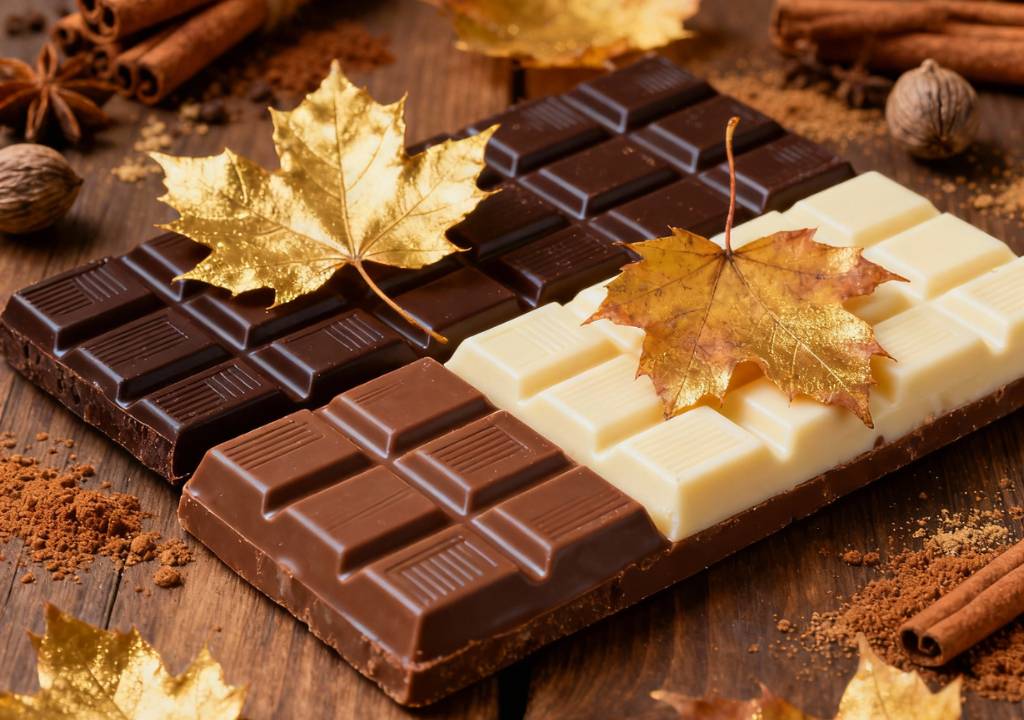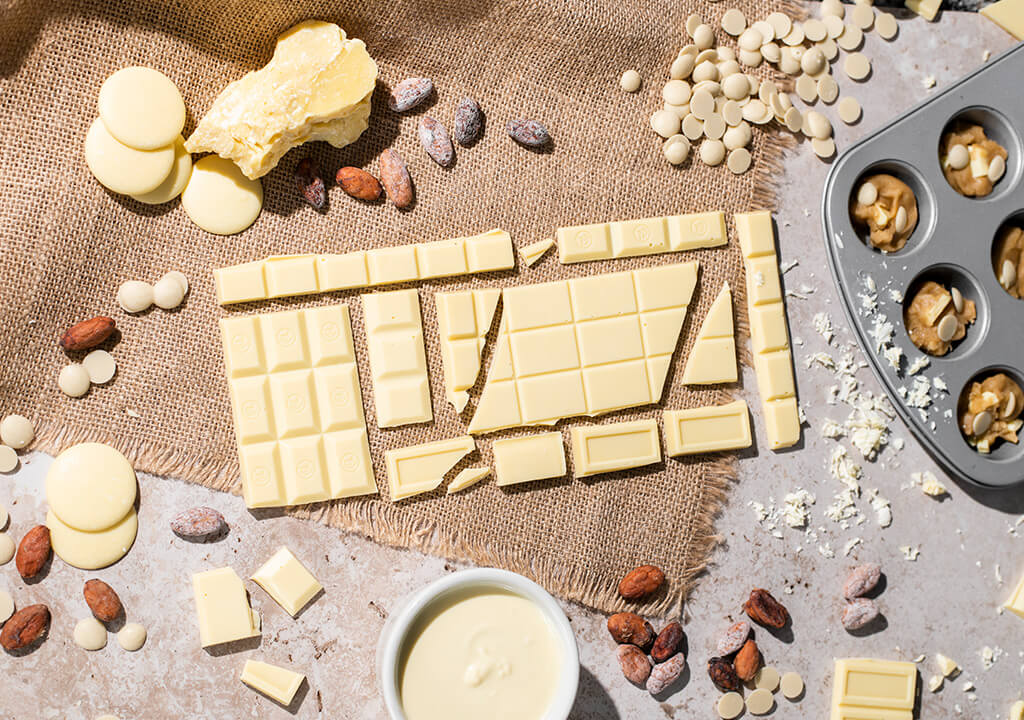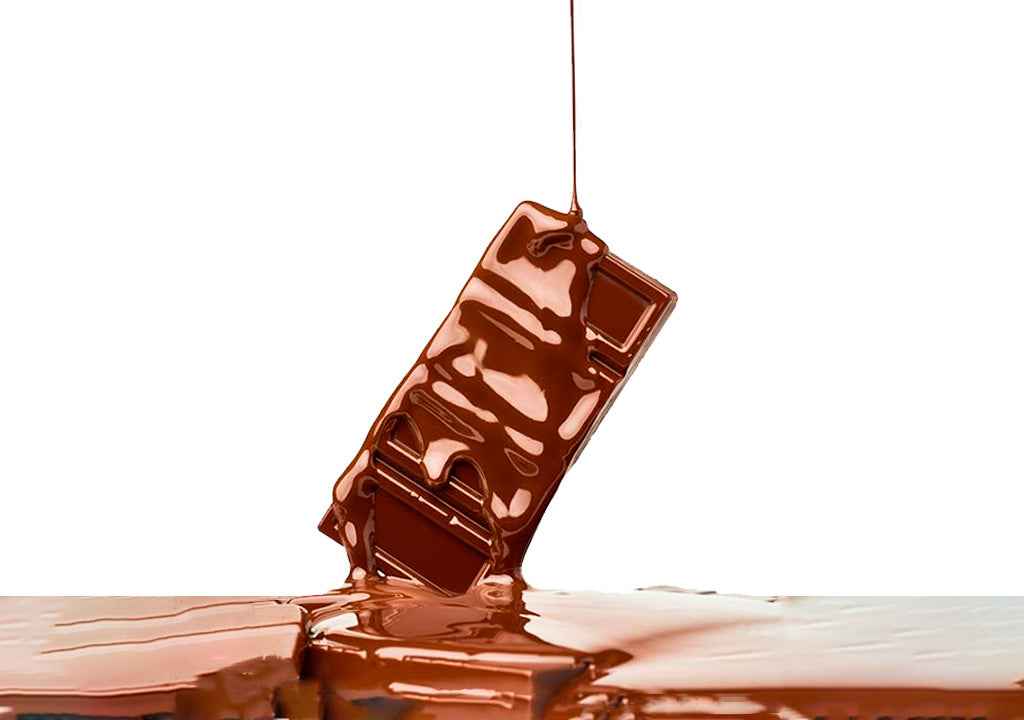
How to choose the right chocolate for my recipes?

In chocolate couvertures, choosing the perfect sensory profile and the appropriate fluidity depending on the application you want to give the chocolate is vital. Since not all chocolates work the same way, nor do they work for all your recipes. But how do you know which chocolate couverture to choose?
First, you must know two terms that indicate how our chocolates work: fluidity and viscosity.
So, let’s take a look and see what viscosity is all about:
Viscosity is one of the main characteristics of liquids, which is determined by the fluid’s resistance to flow and deform; the more resistance, the denser. This is how chocolate also has this characteristic when it is melted.
But how do you know how viscous chocolate is? Very easy! You can determine it by its fluidity, which means how thin or thick it is when it melts. However, this is not the only characteristic to determine the viscosity; the presence of many solids (sugar, cocoa, etc.) also changes the flow properties.
What Does Chocolate Fluidity Mean?
The percentage of cocoa butter content determines the fluidity in chocolate; therefore, chocolate with a higher cocoa butter content has a higher fluidity.
When the chocolate has high fluidity, it will be more liquid when melted and form a thinner shell. Chocolates with higher fluidity are ideal for products that require preparations with coatings or covered with chocolate and for making hollow figures.
On the other hand, less fluid chocolate contains less cocoa butter and will be more viscous when melted, resulting in a thicker chocolate shell. These chocolates are ideal for moulding bars with or without inclusions and making ganache.
Guide to Choosing The Perfect Couverture For my Handcrafted Chocolates
Luker Chocolate has a wide range of chocolates with different fluidity levels for each of your recipes, which you can see on the front of our 2.5KG packaging with the drops symbol. Likewise, it is essential to remember that, although many of our couvertures have the same fluidity, one chocolate can be differentiated from another by its viscosity since not all chocolates have the same fluidity at the same working temperature.
On the other hand, all chocolate couvertures contain different percentages of solid components such as milk and sugar that make the melting point different. Depending on the application you want, these points are also essential to choose the right chocolate.
In the following chart, we show you a guide to our chocolate couvertures with their applications:

In the previous chart, you can see a list of our chocolate couvertures with their cocoa content and their fluidity level. The check marks the best application for each one. However, below, we give you some tips on how you can use our chocolate couvertures to obtain a final product of the best quality.
Our Experts' Tips
- If you want to mould the chocolate without using a mould, choose a dark or milk chocolate couverture and after tempering it, add between 0.15 to 0.2% of liquor, which could be Tequila, Brandy, Whisky, etc.; this will make your chocolate more viscous. Then, you can put it in a pastry bag with the nozzle you want and make different figures, and you can even add pieces of dehydrated fruit!
- If you want to paint your white chocolate perfectly, this tip is for you. Use our Nevado 36.5% couverture as it has excellent fluidity, so you can shape it as you wish. It would help if you also used a lipo-soluble colourant, which means it is compatible with or dissolves in a fatty medium. First, you need to temper the chocolate. Then, you must add the colourant; if it is a liquid colourant, you must add it slowly and mix with a spatula until you get the desired colour; if you use a powdered pigment, add it gradually and mix with the help of a mixer. Now your chocolate is ready, use the mould you like the most!
- To make filled chocolates, we recommend using our dark chocolate couvertures (any couverture with a fluidity level of three is perfect for moulding bonbons). For the filling, mix an acid fruit such as blackberry or passion fruit with our White Nevado or Glaciar couvertures; you will obtain a very balanced ganache due to the sweetness of these chocolates and the acid of the fruits. Finally, use the mould you like the most, and your product is ready.
- You can mix chocolates with different fluidity levels to achieve the one that suits the confectionery needs of your business products.
- Another tip to keep in mind if you want your chocolate to flow better is adding a portion of Luker Chocolate natural cocoa butter to the chocolate you are melting until the proper fluidity of your preparation is achieved. If we do not have cocoa butter, you can add sunflower oil; this is added in small quantities until the desired texture is achieved.



